For a private house, autonomous heating is the best solution. It is convenient, economically, and even that there is to hone, it is pleasant not to depend on the shared network. It is possible to control the temperature and create the most comfortable microclimate. If you have been removed to organize a similar system at home, it is necessary to choose the right equipment. Even if you have already decided on a type of boiler, you must be able to calculate its power individually for your home to avoid extra costs and inconvenience in operation. We devoted this article to the topic of calculating the power of the boiler for the house.
What you need to know to calculate
The elemental calculation of the boiler for the house on its square is as follows: 1 kW of power is consumed by 10 m² and 10% of the supply is added to the resulting number. However, with all the convenience of such mathematics, it should be borne in mind that the layout of all houses is different, and it is impossible to customize everything under one template. In addition, the walls of the houses are built from various materials, each of which has its heat-insulating characteristics. A tree, for example, is perfectly holding heat, and the stone and brick need additional insulation and more powerful heating.
A similar formula for calculating the necessary power was relevant during the USSR, when each second house was built from red burned brick. It does not take into account modern construction technologies, moreover, the formula may be completely unsuitable for the terrain with an extremely cold climate. This is a very approximate and rough calculation, which is nevertheless able to give an initial idea of \u200b\u200bhow to start the choice of the boiler. It is applicable for houses with small heat lines, for example, where rooms have a maximum height of 3 m, and metal-plastic double glass windows are installed on the windows.
However, not all private houses and cottages can boast such insulation, and therefore the final calculation is best to entrust professionals or use online calculators. At the same time, not only the square of the house should be taken into account, but also the material from which the walls, the thickness of the heat insulating layer, the height of the ceilings, etc. are constructed. But at the same time it is necessary to understand that theoretical power does not in all cases consistent with the conditions in reality.
In the image below, you can see a graph of the power of the heating network from the square of the house:
To create a more detailed calculation of the power of the boiler for a private house, a variety of factors must be taken into account:
- climatic conditions of your region;
- square at home;
- the presence of a attic;
- how well the house is insulated;
- wall thickness;
- the material from which the house was built;
- whether the foundation is insulated;
- the presence of basement;
- the amount of energy required for water heating.
In the homes where the ventilation system is installed, the calculation of the boiler power should include the amount of energy that is needed to warm the air in the rooms. Usually for this, the easiest way to use special programs, whose pond pride on the Internet. They allow you to avoid errors in calculations and give the most accurate result.
It should be noted that in fact the specific power of the heating system of the house can grow to a value of 127 W / m² during quadrature of 100-150 m², and vice versa - to drop to 85-80 W \\ m² in spacious houses with an area of \u200b\u200b400-500 m². As you can see, these indicators differ from the generally accepted template value of 100 W / m² used for pre-selection of equipment. Such a discrepancy is explained by the fact that in small buildings heat is spent inefficient in terms of heat engineering. When the area is large, then inside the house there is a lot of rooms with adjacent internal partitions and walls, so heat is distributed over them, and heat loss is reduced.
Useful advice: When calculating the power of the boiler, it is better to add not 10%, and 20% in case of an inipically cold winter or system malfunction.
Some may think: "Why not buy a very powerful boiler immediately and forget about these calculations?". We hurry you to warn you from a similar solution, since the excess of the recommended capacity of the equipment will lead to an increase in costs and a drop in the efficiency of the boiler itself. In addition, failures in the work of automatics, rapid wear of components, the appearance of condensate in chimneys and other unpleasant events are not excluded. When calculating the boiler, it is necessary to try to "get into the apple" and pick up this power that is suitable specifically for your home.
Types of boilers
What should I navigate first when choosing a boiler? What to repel? It is best to start with the assessment of the climatic features of your region, as well as the level of infrastructure development. In third place is the possibility of purchasing inexpensive fuel.
There are the following types of heating boilers:
- gas;
- electric;
- solid fuel;
- liquid-fuel;
- combined.
Another important parameter is the cost of using the boiler, which takes into account the price of fuel, the equipment used to heat the coolant and the cost of maintenance. Consider more detail the advantages and disadvantages of each type.
Gas boiler
The most popular variety of heating boiler. Gas equipment is simply in management and is distinguished by a low cost, however, it is necessary to have a gas pipeline for its installation, so if the infrastructure is still undeveloped, you will have to look for alternative solutions. The main advantage of the gas boiler is the lack of need to stock with flammable fuel. Also, it is also impossible not to note a rather high efficiency - up to 95%.
A gas boiler has a high level of security and does not need a separate room (boiler room) for installation. Exceptions are only equipment with an open combustion chamber, but such in residential buildings are established in isolated cases. The boiler can be installed in the kitchen, in the bathroom or in the hallway.
Household heating equipment possess the following characteristics to be considered, producing a gas boiler for the house:
- ease of use;
- no need to stock fuel;
- security;
- affordable cost of fuel;
- efficiency;
- compactness;
- aesthetics.
Solid fuel boiler
Today, the main competition of gas boilers is semi-automatic solid fuel. Immediately denote by their main disadvantage, thanks to which they have not yet broke into leaders - they need to be loaded by fuel at about once a day or two, as well as to divert a separate place to store this fuel. However, this problem, perhaps, will soon be decided - designers are developing systems capable of "feeding" themselves, and the raw materials will need to be downloaded once a week or less frequently.
The calculation of a solid-fuel boiler for the home should be made, given the features of heaters:
- relative availability;
- low popularity;
- offline work (modified modern devices);
- efficiency;
- practically waste-free fuel combustion;
- it is necessary to take place for storing fuel (with reduced humidity and good ventilation).
The cyclicity of the outlet temperature is also an integral attribute for the use of solid fuel boilers. In other words, in heated rooms, the daily temperature may vary on average by 5c. This, in turn, can deliver discomfort, so many refuse solid fuel boilers in favor of other options.
But if in all other parameters, the solid fuel boiler suits you as it is impossible to compensate for the temperature differences with the help of a thermobalone controlling the air supply. It increases the combustion time of fuel, thereby reducing the number of furnaces (make it possible to raise firewood). You can also use thermal batteries with a capacity of 2 to 10 m³. They should be included in the heating system so that they reduce energy consumption and saved fuel.
Electric boiler
The calculation of the electric boiler on a private house should be started, pushing out the cost of electricity. Judging by the latest trends, the electricity is constantly becoming more expensive, so you can say with confidence that for the modern owner of a private house have an electrocotel - a big luxury. Also, not every wiring can provide the right power - the boiler gives a huge load on the network. If you live in the village of Old Building, most likely, from such equipment will have to abandon, because in such cases there are only about 3 kW of energy, and the boiler consumes 3-6 kW. Why so little? Previously, people did not have the fact that electricotors, even the TVs were considered to be wondering. Electricity was spent maximum lighting, washing machine, iron and radio, and therefore 3 kW was enough with an excess.
Characteristics of electric heating boilers:
- high cost of fuel (electricity);
- the risk of problems due to network troubleshooting;
- environmental purity;
- elementary control;
- compactness.
Liquid fuel boiler
Liquid fuel boilers are not as popular in the systems of heating of private houses, as listed above varieties. This is due to the issues of environmental and safety of the operation of such equipment.
Characteristics of liquid fuel boilers:
- non-environmental;
- easy to use;
- it is necessary to allocate a separate place to store fuel with a high level of fire safety;
- high fire hazard;
- high cost of fuel.
Calculation of the boiler: Formulas and examples
What way to calculate the boiler power, if you need to consider so many different factors? We offer to use a simple formula. As the heat engineering characteristics, one way or another will have to round up to the biggest, to make the stock, the formula will look like this: W \u003d S * Wed.
Here s is the total area of \u200b\u200bthe house, and W is the power of the boiler in kW, Wood - average specific power (this parameter is used for calculations in a particular climate zone, is measured in kW / m²).
Wood is based on many years of experience in the use of different heating systems in a separate region. If you multiply it to the house area, then we will get the average power value. Round this value to the whole side for stock and get the necessary result.
Consider the calculation of the gas boiler on the area of \u200b\u200bthe house, since this type of equipment is most common. For example, take a house with a quadrature of 140 m², which is located in the Krasnodar region. When taking into account that the boiler will not only dampen the room, but also heat the water for plumbing devices, the calculations will be made for the network with natural circulation and stable pressure (without pumps and other equipment). The average specific power in this case will be 0.85 kW / m².
140/10 \u003d 14 (intermediate coefficient, provided that 1 kW of power is needed by 10 square squares).
14 * 0.85 \u003d 11.9 kW (the amount of power required by the building.
To ensure the supply of hot water to the plumbing, it should be added to the resulting value of another 20%:
11.9 + 0.2 \u003d 14.28 kW
Since the pressure in the system with natural circulation is rarely stable, it is recommended to add another 15% of the stock:
14,28 + 11.9 * 0.15 \u003d 16.07 kW
It is almost never possible to avoid heat loss, so you can safely round the result in the big part. So, for the house of 140 m², a gas boiler with a power of at least 17 kW will be required.
Calculation of the home heating at home should be made at the stage of creating a project of the building, since it is best to take a separate room for it - flopping. There should be good waterproofing, ventilation and fire safety. If you select a boiler for an existing building, give preference to the safest models, for example, an electrical unit, the power of which can be calculated by the same principle.

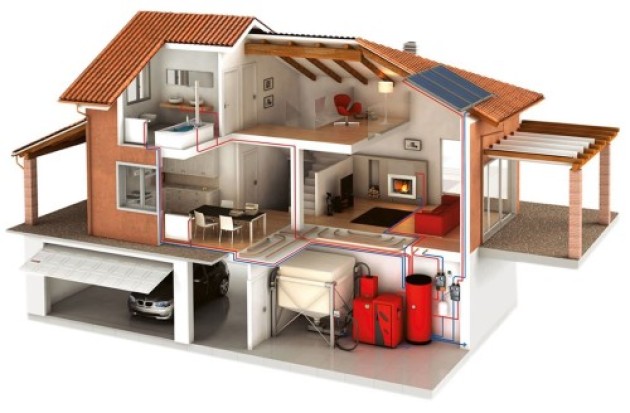
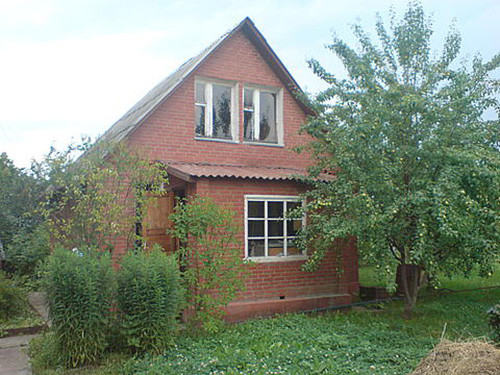
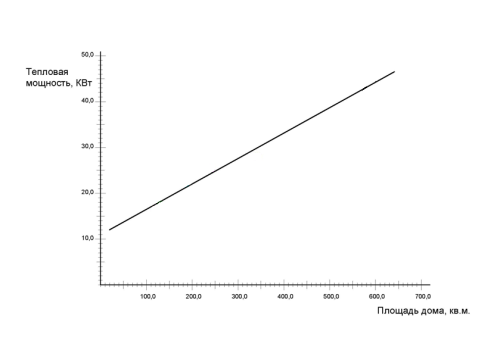
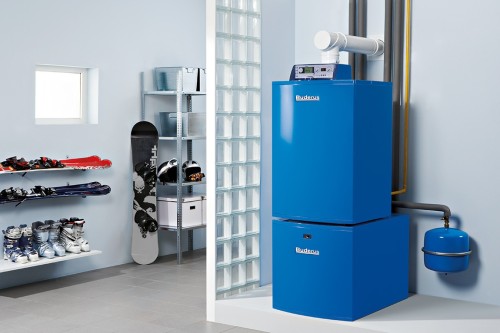
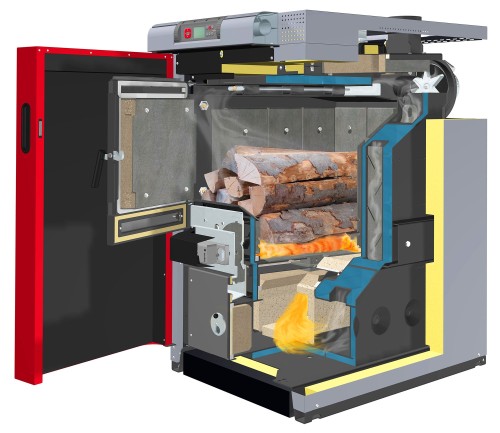
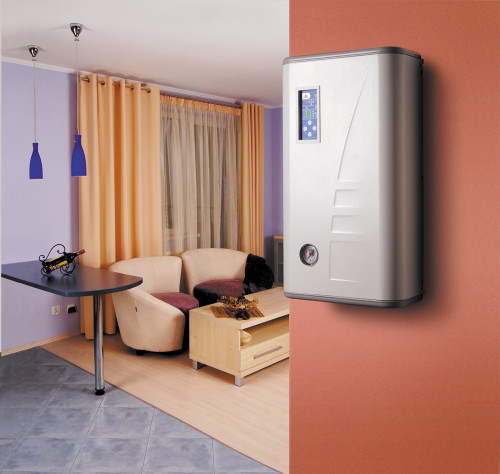
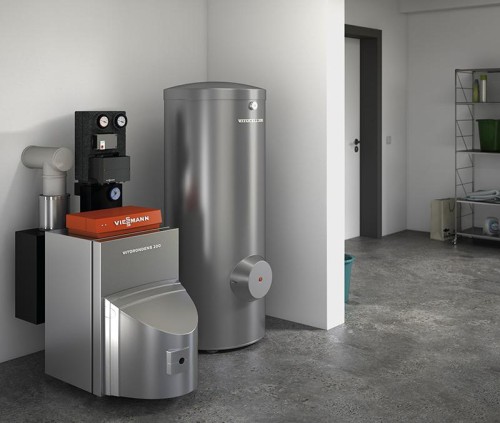
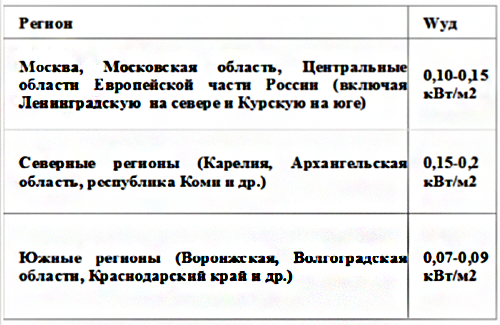












 Start a discussion ...
Start a discussion ...